Class Diplopoda Family Andrognathidae Rank Genus | Scientific name Brachycybe | |
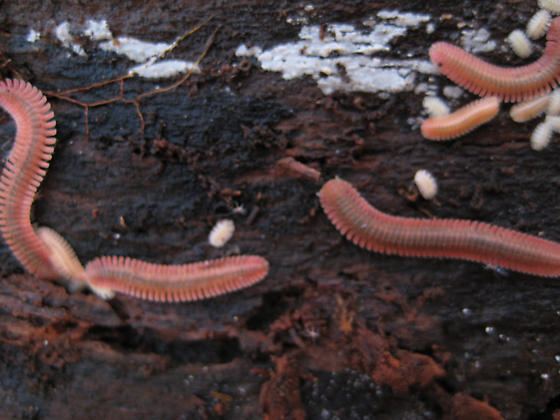 | ||
Similar Platydesmida, Siphonophorida, Polyzoniida, Paeromopus, Californiulus | ||
Little red millipede probably genus brachycybe sonora california
Brachycybe (Greek for "short head") is a genus of andrognathid millipedes with species in the United States and East Asia. In a rare example of paternal care in invertebrates, males of most species guard the eggs until they hatch.
Contents
- Little red millipede probably genus brachycybe sonora california
- Description
- Ecology
- Egg brooding
- Species
- References
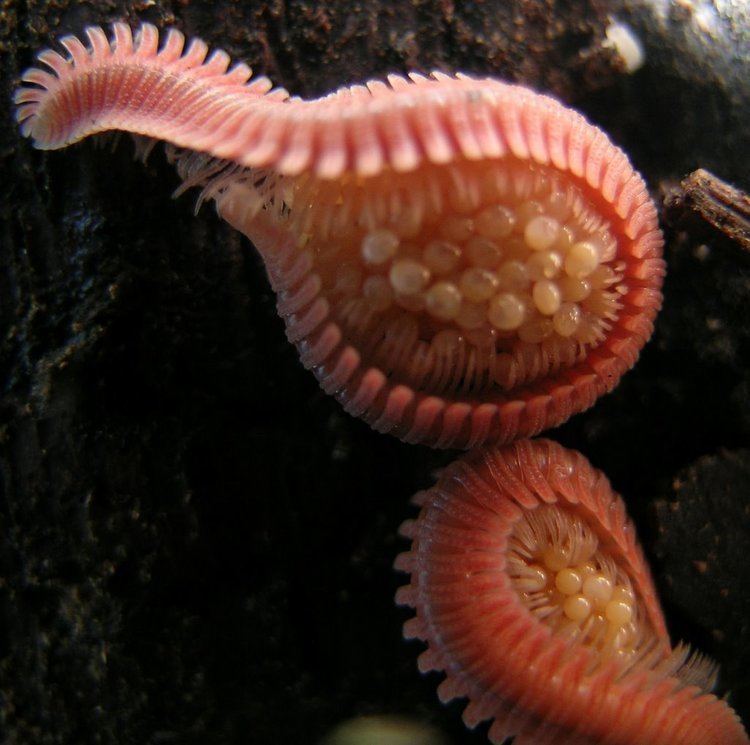
Description
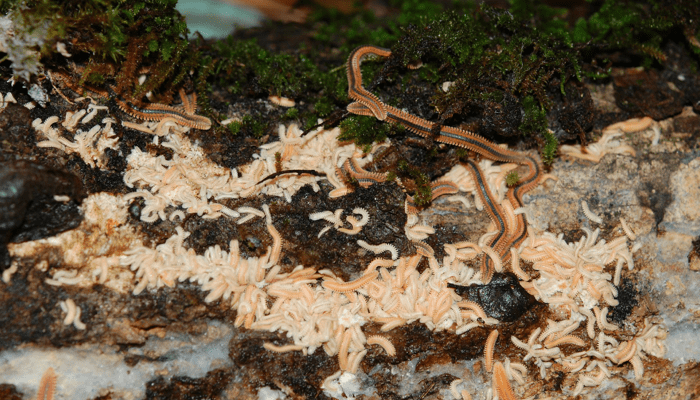
Brachycybe species are rather similar in appearance, varying in subtle features of the collum (first body segment) and paranota (lateral “keels” extending off of body segments). Individuals attain lengths up to 1 inch (25 mm) and range in color from orange to tan to pink. B. picta is uniquely patterned with 5 brown spots. The 9th and 10th pair of legs in mature males are modified into gonopods (reproductive appendages), and although gonopods are widely used to determine species in millipedes, the relatively simple gonopods of Brachycbe and other members of the Platydesmida show little variation and are not readily useful for species identification.
Ecology
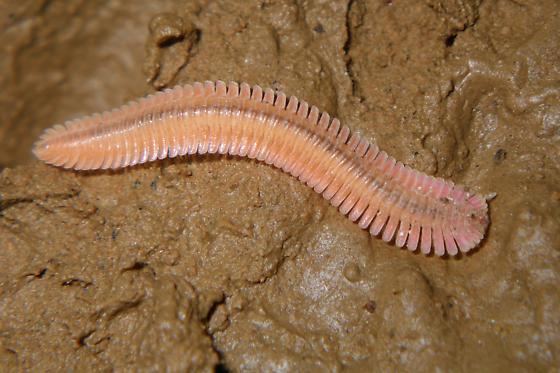
While most millipedes feed on leaf litter or other plant matter, Brachycybe are thought to feed primarily on fungus, and may be found under rotting logs or stumps.
Egg brooding
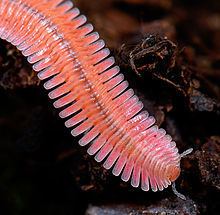
Male egg brooding (care of eggs) has been extensively studied in B. nodulosa, a species found in Japan and South Korea. After the female lays eggs, the male coils his body around the mass, and guards them until hatching, a behavior thought to protect the eggs from soil-dwelling fungi or predators such as ants.
Species
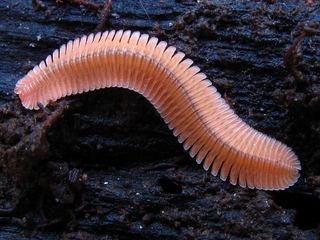
At least eight species have been named, and at least two undescribed species have been identified by genetic analysis. Studies of genetic differences suggest the genus originated in California around 50 million years ago.

